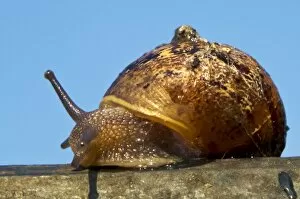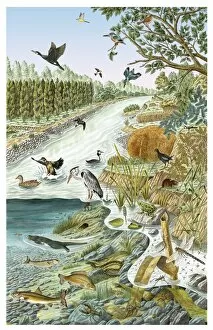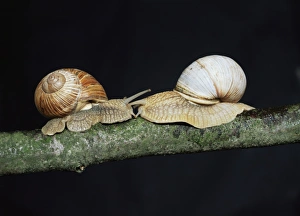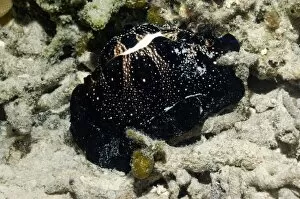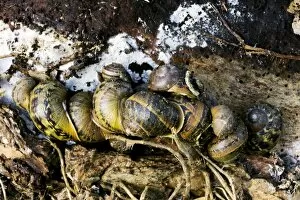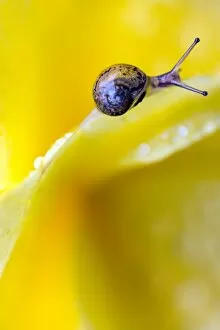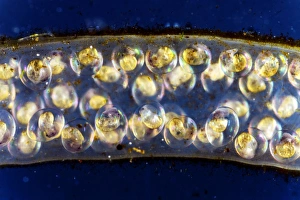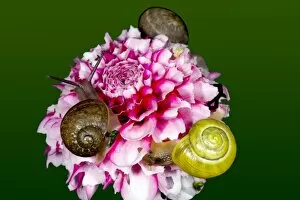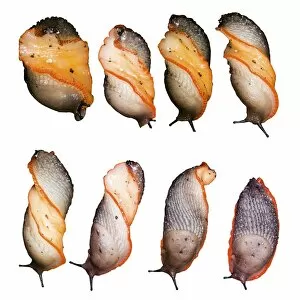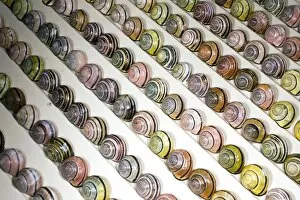Mollusks Collection (page 5)
Mollusks, the fascinating aquatic animals with diverse body structures, encompass a wide range of species
All Professionally Made to Order for Quick Shipping
Mollusks, the fascinating aquatic animals with diverse body structures, encompass a wide range of species. From the precious wentletrap sea snail shell C019/1323 to the captivating artwork depicting a giant octopus, these creatures never fail to mesmerize us. Found in various parts of Asia and East Belauensis, they can known for their unique characteristics. They belong to the cephalopod family, which includes intelligent beings like squids and octopuses. Their blue bodies stand out in the underwater world, creating an enchanting sight for all who encounter them. In addition to cephalopods, gastropoda is another group that dwell in Asian waters. These small reptiles and butterflies often find solace in secluded corners of woods where they coexist harmoniously. The relationship between humans and mollusks goes back centuries. Natives fishing for giant clams on the Indus River (as depicted in plate 102) showcases how these animals have been an essential part of our fauna-rich culture since ancient times. Similarly, Indians diving for pearls (illustrated in plates 93 from Venationes Ferarum Avium) highlights their significance as a valuable resource throughout history. Even today, we witness their influence as seen through images such as "Snail Merchant" or when fish and oysters become part of our daily lives. The intricate connection between humans and mollusks continues to shape our understanding of aquatic ecosystems. Let us appreciate these remarkable creatures that inhabit our oceans and remind ourselves of their importance within nature's delicate balance. Through photographs like EyeUbiquitous_20100861 or EyeUbiquitous_20100860 capturing moments frozen in time, we can marvel at the beauty that lies beneath the surface - a world dominated by magnificent mollusks.













